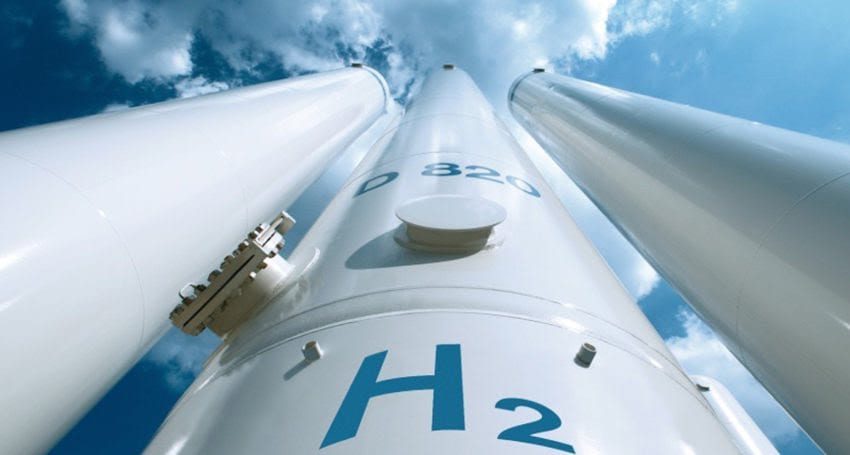A new deep drive analysis of the emerging green hydrogen industry has found that without government support, the supply of zero emissions hydrogen may not be able to keep pace with surging demand, but transport costs are looming as a particularly tough barrier to establishing a thriving export market. The findings have been published in a new report by the Institute for Energy Economics and Financial Analysis (IEEFA), which found that despite a rapid increase in green hydrogen globally it won’t be enough to meet the surging global demand for zero emissions hydrogen. IEEFA found that Australia already ranks amongst the global leaders in a green hydrogen industry, with a number of projects advancing rapidly towards deployment, as well as a number of pilot projects already underway.
The IEEFA report estimates that there are around 50 major green hydrogen projects under development globally, with the ability to supply up to 3 million tonnes per year. However, future global demand has been forecast to reach as high as 8.7 million tonnes per year by 2030. “Asia, Europe and Australia are backing the majority of new green hydrogen projects,” IEEFA analyst and report author Yong Por said. “The European Union is also a heavy lifter in the new global technology race, with green hydrogen projects backed by improving economics, falling renewable costs, the option to produce hydrogen on-site economically, and existing gas pipelines which can be used for transport to meet local demand.” “However, many of the 50 newly announced green hydrogen projects could face delays due to uncertain financing, cumbersome joint venture structures, and unfavourable seaborne trade economics,” Por added. “More public-private efforts are necessary for green hydrogen supply to overcome apparent obstacles.” Australia has a number of smaller-scale demonstration projects in development, which are looking to produce green hydrogen […]

